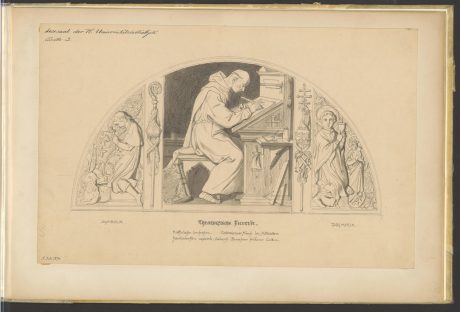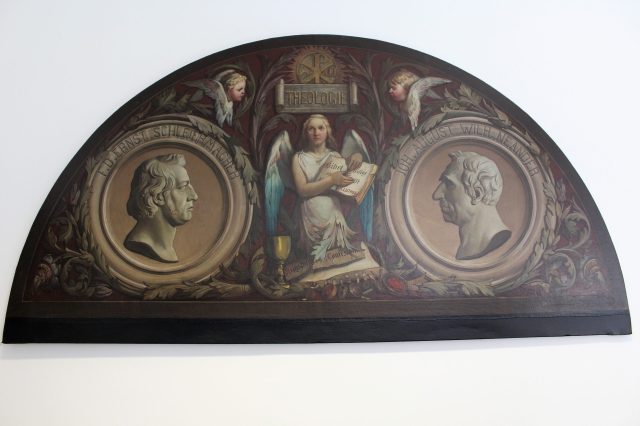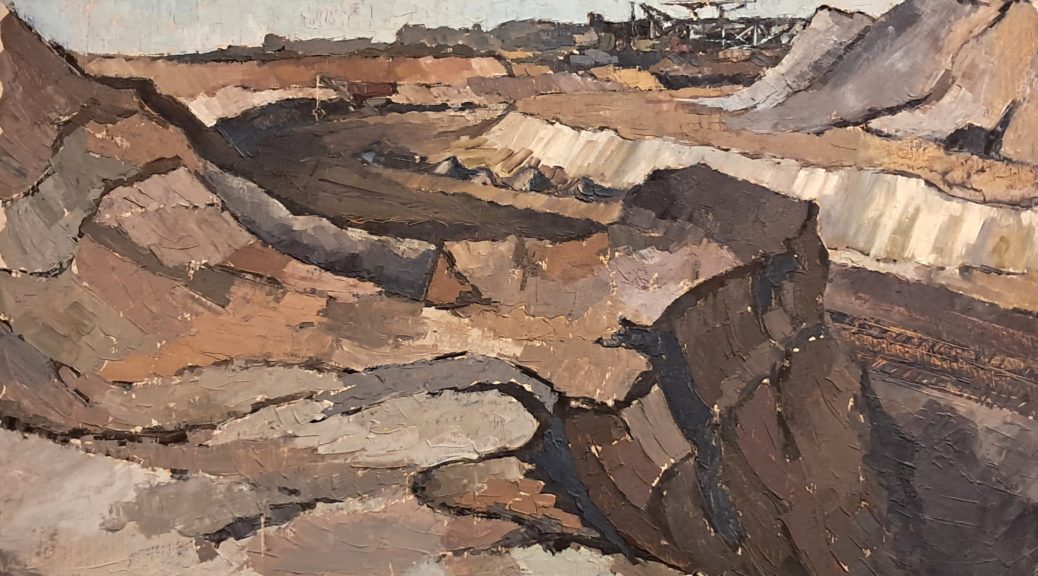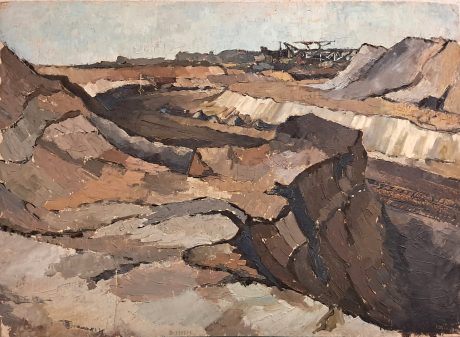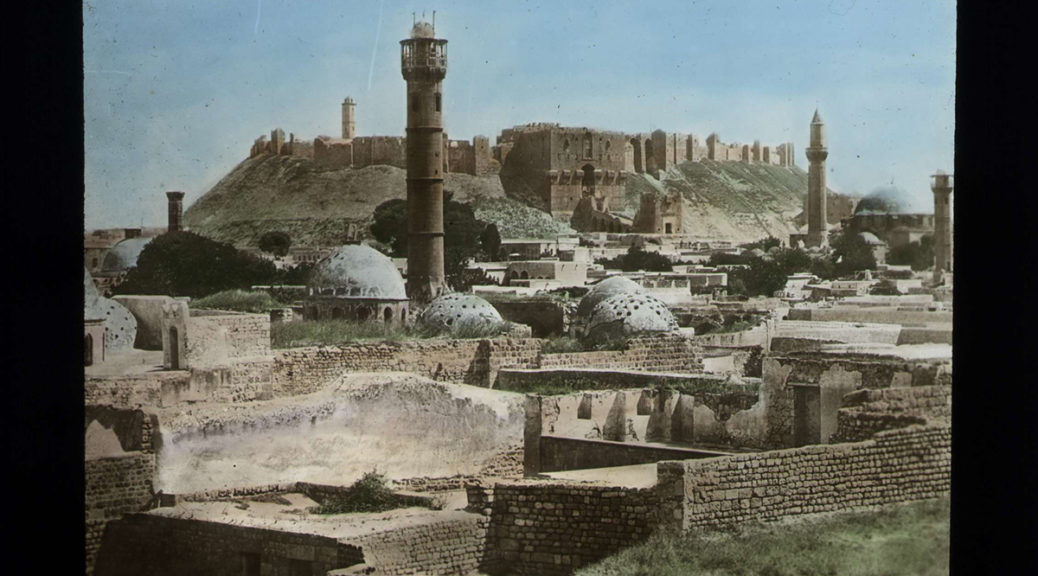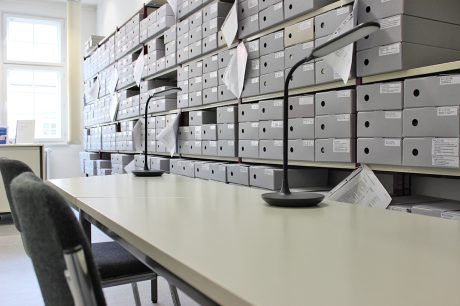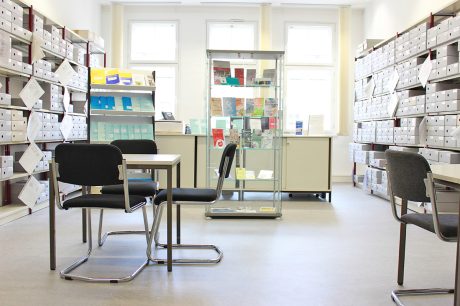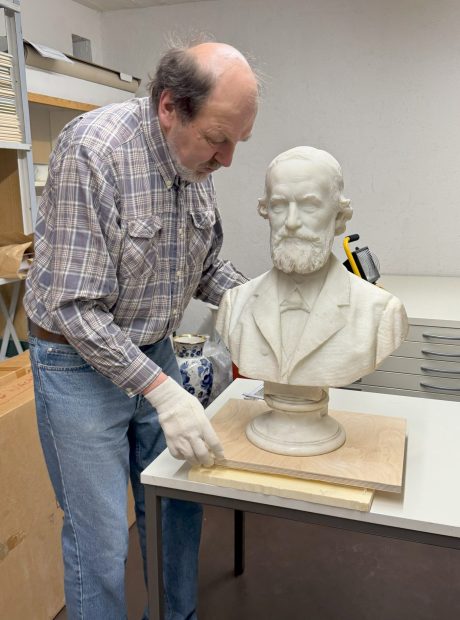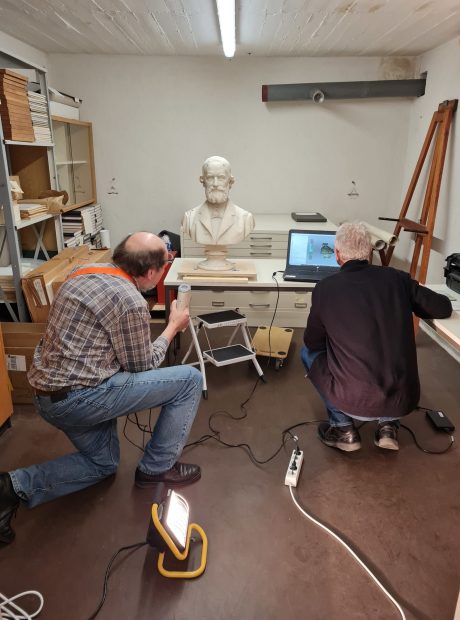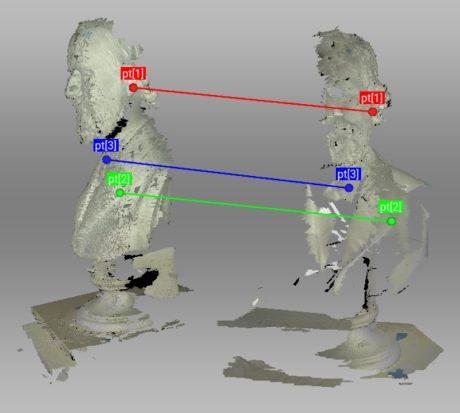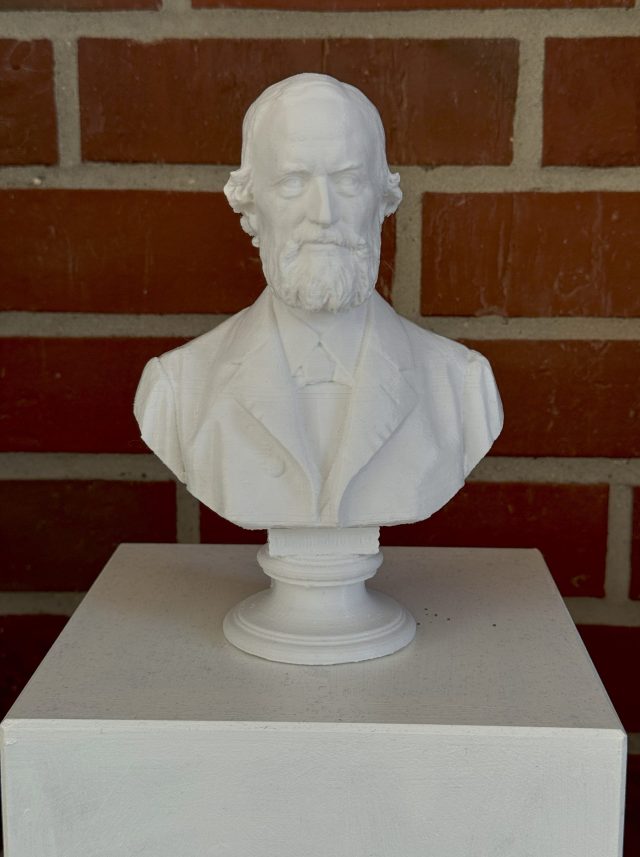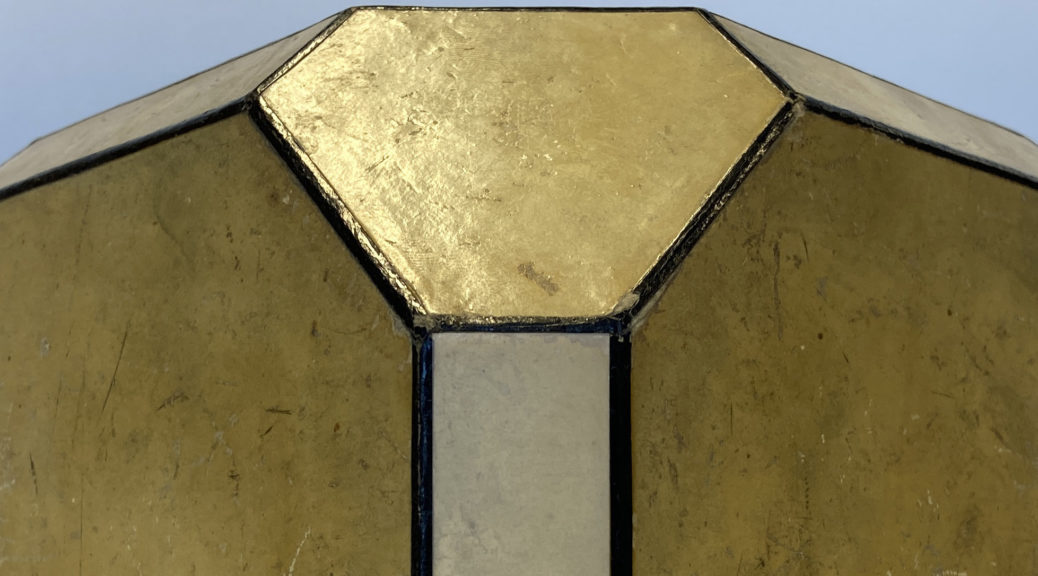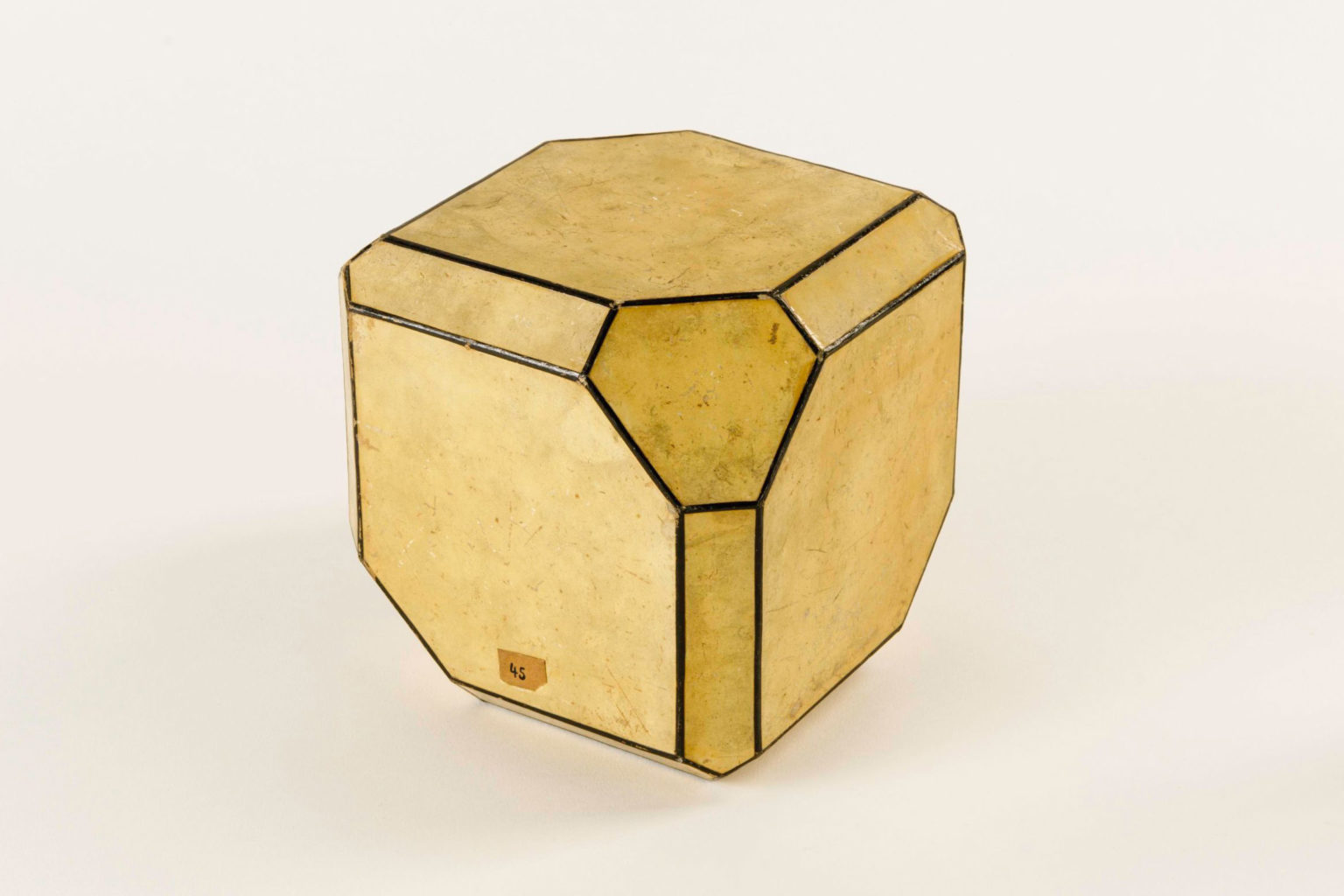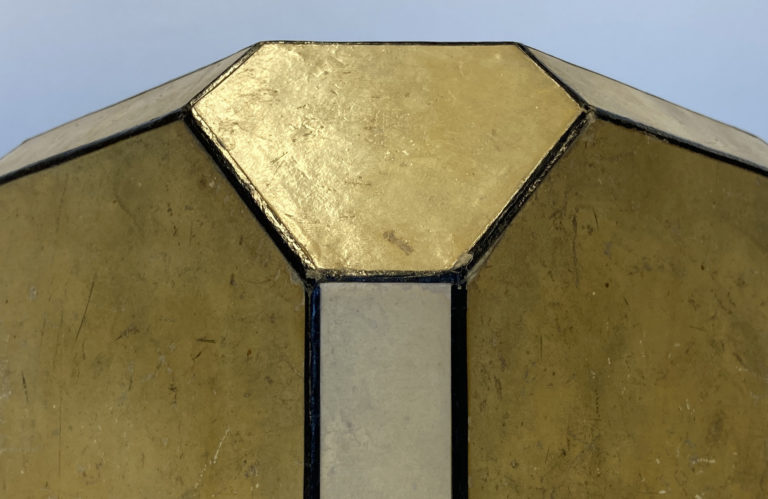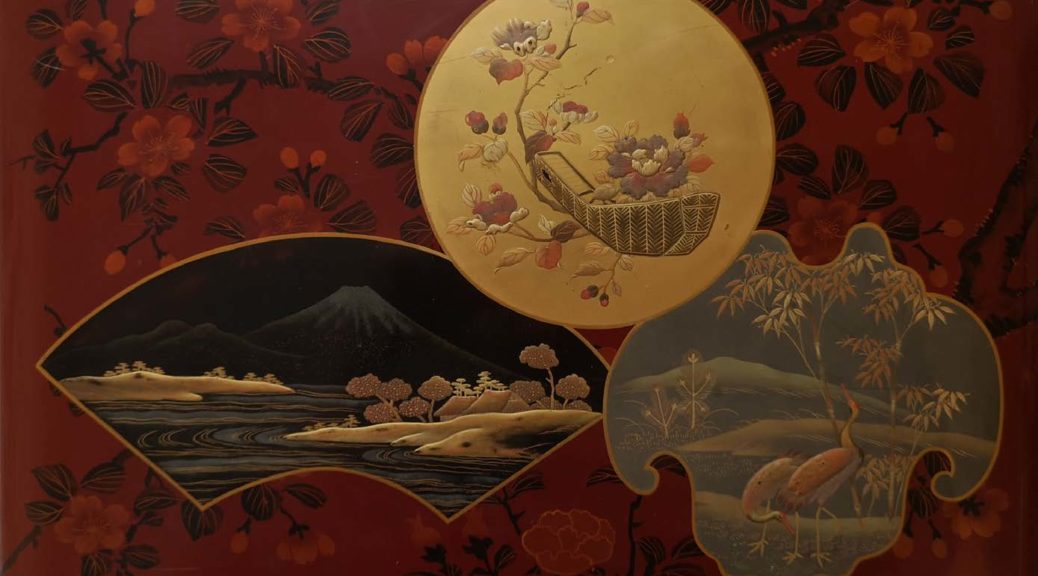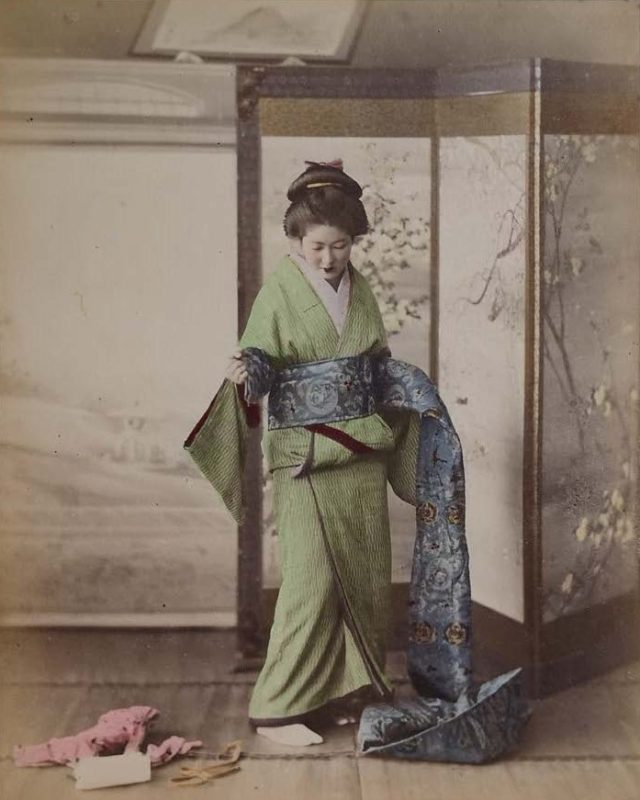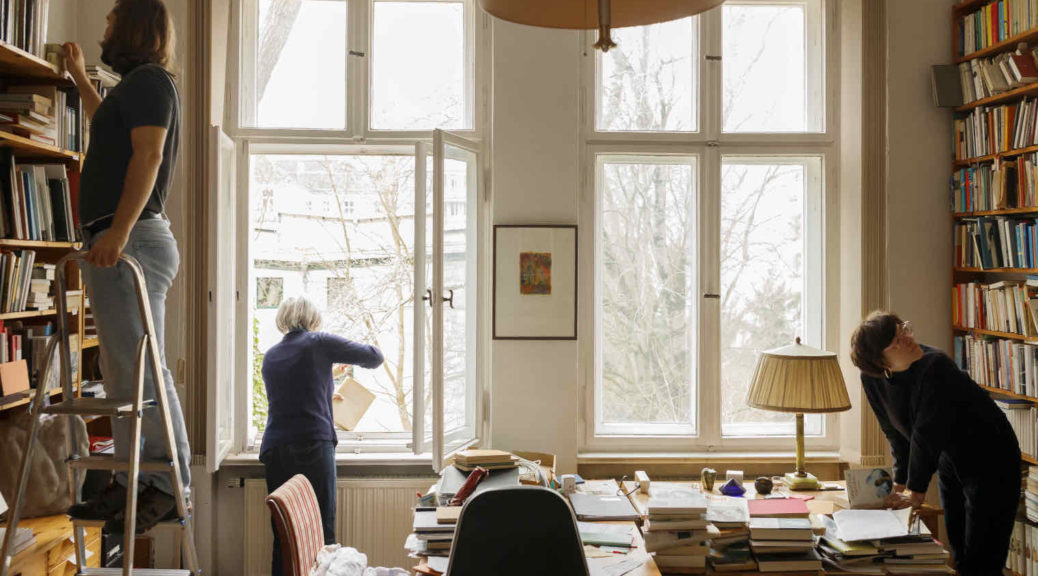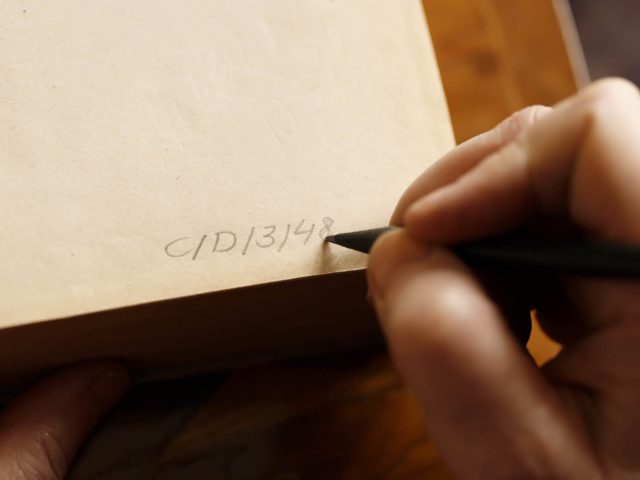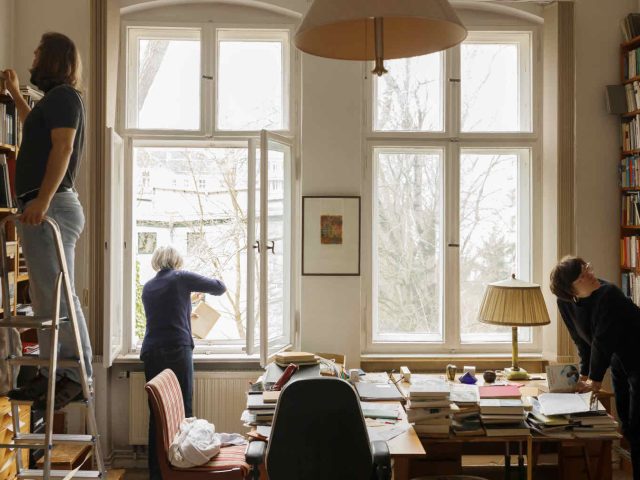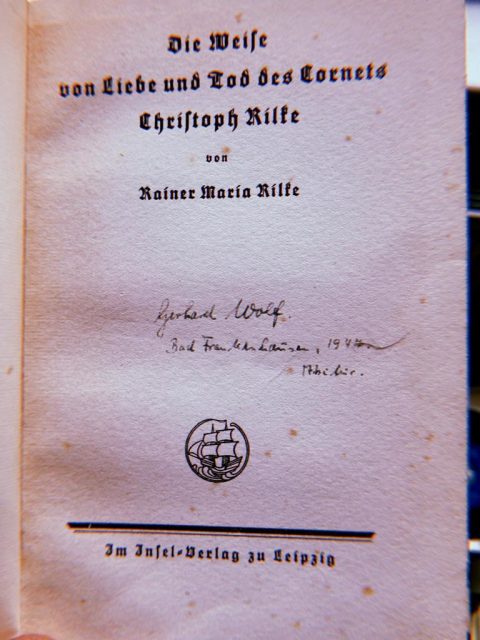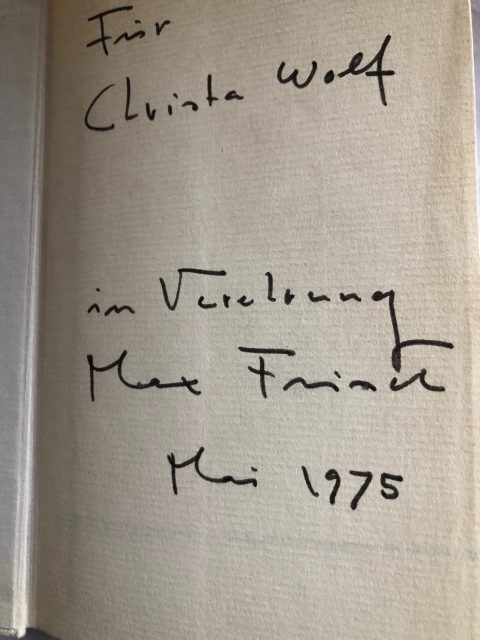Object of the Month 11/2025
Since 2009, the HU’s portfolio of Humboldt busts has been supplemented by modern adaptations by Austrian sculptor Gerald Matzner (1943-2018). From a series of 15 busts of Alexander and Wilhelm von Humboldt, which Matzner created based on models by Christian Daniel Rauch (1851) and Bertel Thorvaldsen (1808), Der abgewickelte Humboldt (The Unravelled Humboldt) and Die Brüder Humboldt (The Humboldt Brothers) were acquired for the university’s art collection. In accordance with the title of these busts from the ‘Metamorphoses’ series, the brothers are clearly removed from the original portraits. The thin-walled clay sculptures, each with its own pedestal, were painted after firing, and signatures and dates can be found on their surfaces.


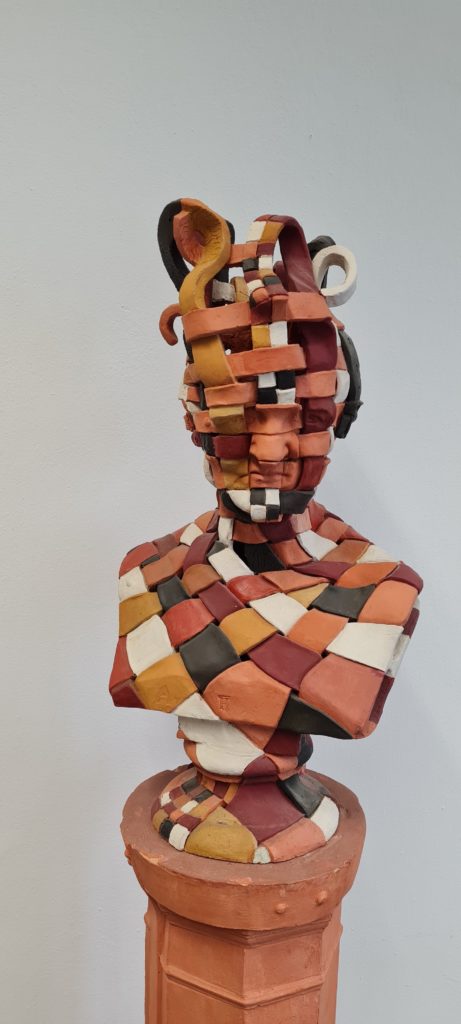
Eight additional busts were added to the art collection through a donation from the artist’s widow. The spectrum of techniques used, from reshaping and wrapping in ribbons to adding attributes until the model is almost unrecognisable, gives an insight into both the diverse biographical and scientific life of the Humboldts and the imagination and expressiveness of the artist, who was trained in Vienna and Berlin and worked for many years as a freelance artist in Berlin. Not only are the subjects closely associated with the university, Matzner began his series of sculptures in 1990 – at a time when the liquidation of Humboldt Universität was on the agenda. It is, so to speak, an artistic commitment to the two scholars and their ideals, but also to the tradition of Humboldt Universität and its continuation into the present and future. Matzner himself was drawn to Berlin by the student revolts of 1968. He worked primarily in terracotta, although in the 1980s he began to produce larger formats for public spaces, including the Corinthian column for the Rostlaube building at Freie Universität Berlin and the series of pocket pyramids.
The titles alone – such as Humboldt bucht eine Reise (Humboldt books a trip), Im Insektenschwarm (In the swarm of insects), Nach Worten ringend (Struggling for words), Die Vermessung des Alexander von Humboldt (The measurement of Alexander von Humboldt), Humboldt mit Reisetasche (Humboldt with travel bag) or Abgewickelter Humboldt (Unravelled Humboldt) – refer to the creative and sometimes ironic treatment of these great men. The Humboldts are populated with plants, animals such as frogs and beetles, but also with bags, telephone receivers and garden gnomes. Amusing, sometimes sombre, not always immediately aesthetically appealing, the busts are intended to stimulate reflection. What do the scientific curiosity and industriousness of the Humboldts mean to us today? Which of their achievements do we recognise in the narrative portraits, and what impact do they (still) have? Furthermore, the alienations refer us back to ourselves; Matzner’s distortions are ‘the “natural cast” of our civilisation, the portrait […] of our world, frightening and bitterly amusing’ (Sperlich 1991, p. 24).
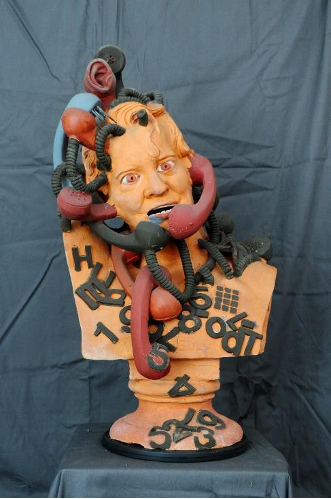
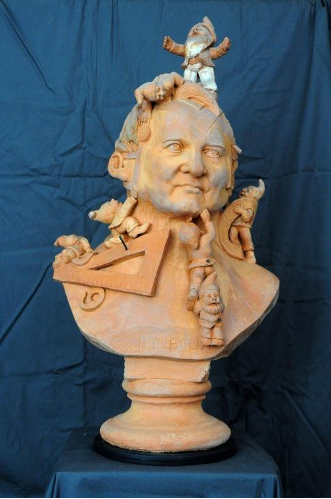
The fact that some of the busts are located in the so-called Humboldt Cabinet in Adlershof, a technological science centre that emerged long after the Humboldts’ time and has had an even greater impact on today’s world, would have pleased both the subjects and the artist.
Author: Christina Kuhli
Literature:
Sperlich, Martin: Gerald Matzner oder der Stil „Rustique“ oder das Irdene und das Irdische des Naturabgusses, in: Die ganze Welt ist rötlich braun. Skulpturen von Gerald Matzner. Werkverzeichnis, Berlin 1991, pp. 19-24.


